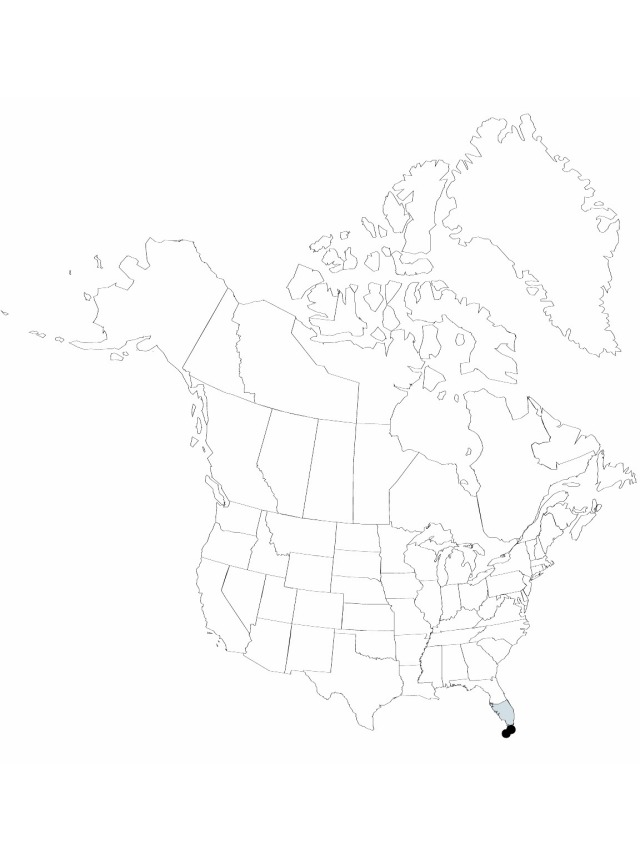Plants single or clustering, flowering to 15 cm. Stems short. Leaves 5–10, many-ranked, recurved to twisted, silvery gray, to 12 × 0.3–0.6 cm, grayish-scaly; sheath nearly chestnut brown within, ovate, conspicuously inflated, forming small pseudobulb, 1.5–3.5 cm wide; blade narrowly triangular, semisucculent, margins involute, apex obtuse to nearly acute. Inflorescences: scape short and conspicous, erect or ascending, 1–6 cm, 2–3 mm diam.; bracts densely imbricate, erect to spreading, like leaves but gradually smaller; sheath of bracts narrowing gradually into blade; single spikes, or with 2–4 lateral spikes, usually ascending, pinnate, linear to narrowly elliptic, compressed, 2–7 × 0.6–1 cm, apex acute to obtuse. Floral bracts imbricate, erect, pale pink, broad (covering all or most of rachis, rachis not visible at anthesis), elliptic, not keeled, 2–3 cm, thin-leathery, base visible at anthesis, apex broadly acute to obtuse, surfaces densely grayish-scaly. Flowers 2–15, conspicuous; sepals with adaxial pair short connate, lanceolate, keeled, to 2 cm, thin-leathery to papery, veined, apex acute, surfaces sparsely scaly; corolla tubular; petals erect, lavender-blue, ligulate, to 4 cm; stamens exserted; stigma exserted, conduplicate-spiral. Fruits to 4 cm.
Phenology: Flowering spring–summer.
Habitat: Epiphytic in bright exposed habitats
Elevation: 0–30 m
Distribution

Fla., Mexico, West Indies, Central America, South America.
Discussion
The leaf blade of Tillandsia paucifolia is often shorter than the leaf sheath.
Selected References
None.